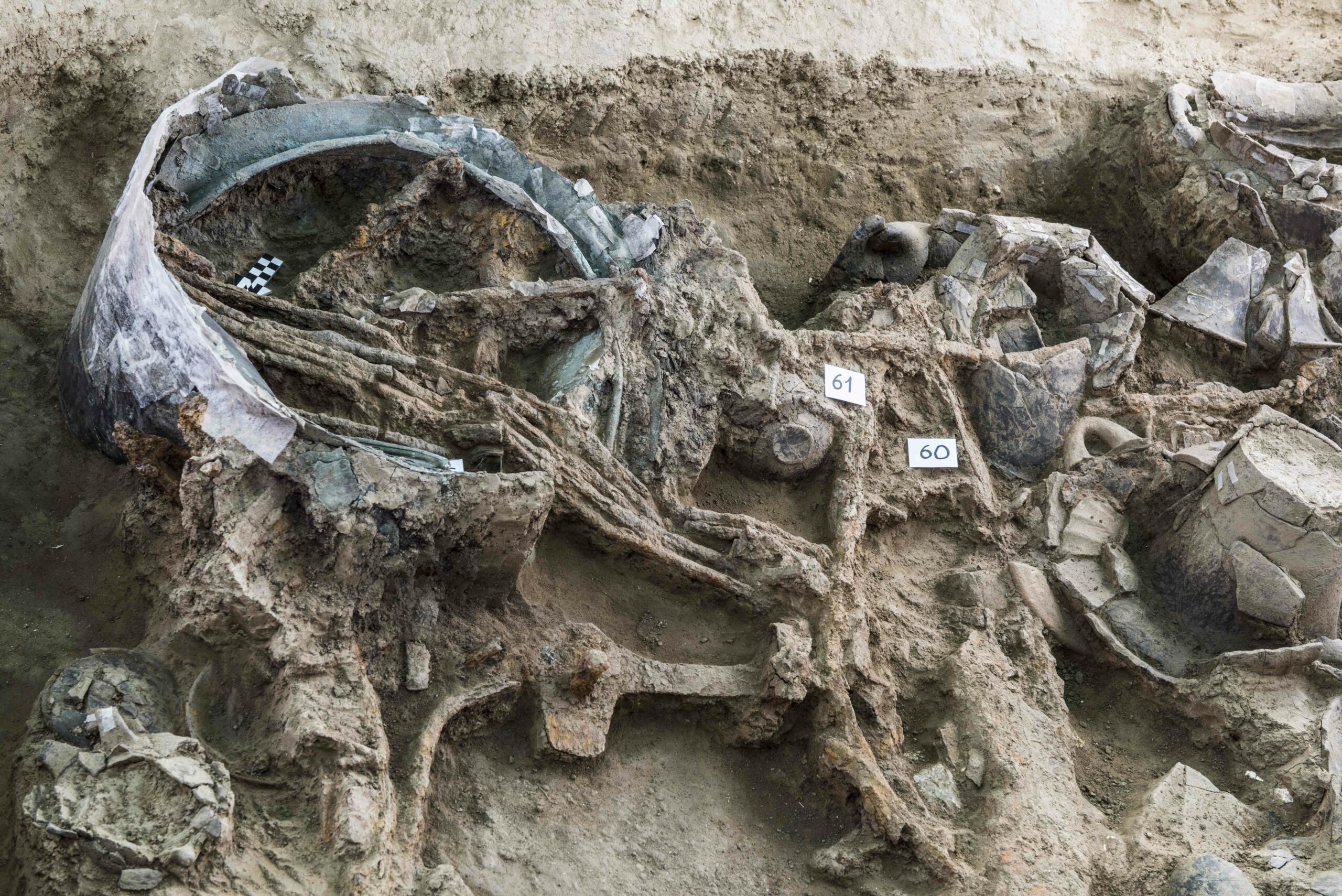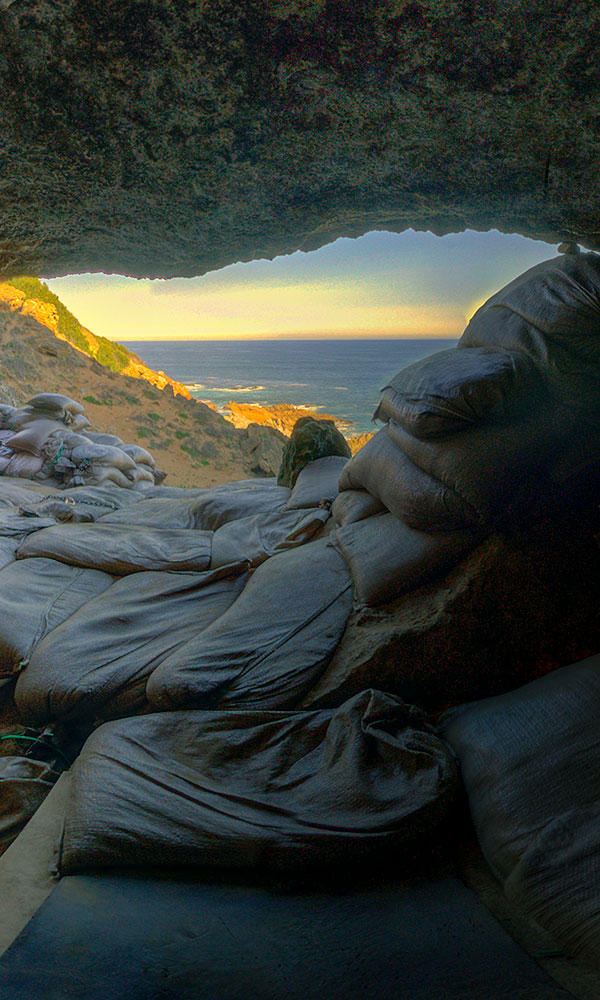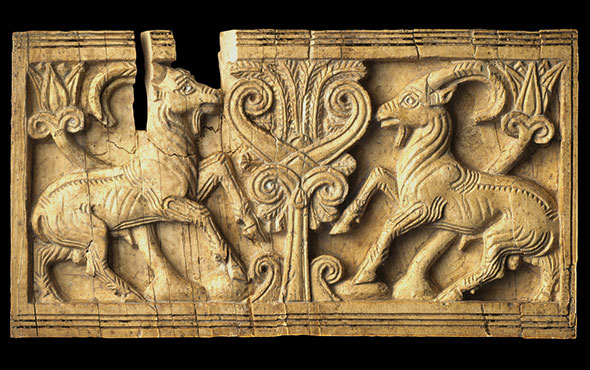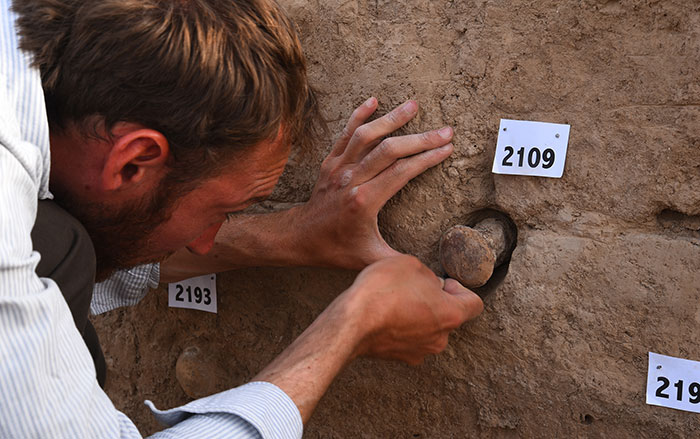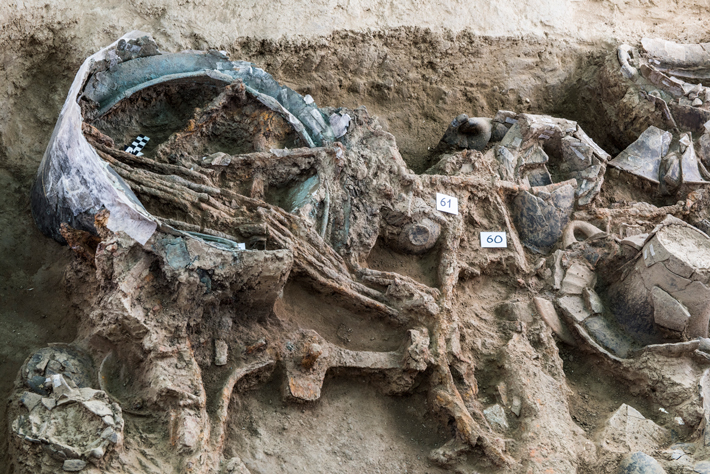
Between the ninth and the third centuries B.C., a people known as the Picenes moved from Latium in central Italy to the area covering today’s Marche and northern Abruzzo regions. Much of what is known about the Picenes, one of pre-Roman Italy’s most important cultures, comes from a number of burials discovered over the last few decades. Recently, archaeologists from the University of Bologna unearthed a large Picene tomb dating to the seventh century B.C. in the village of Corinaldo, near the Adriatic Coast.
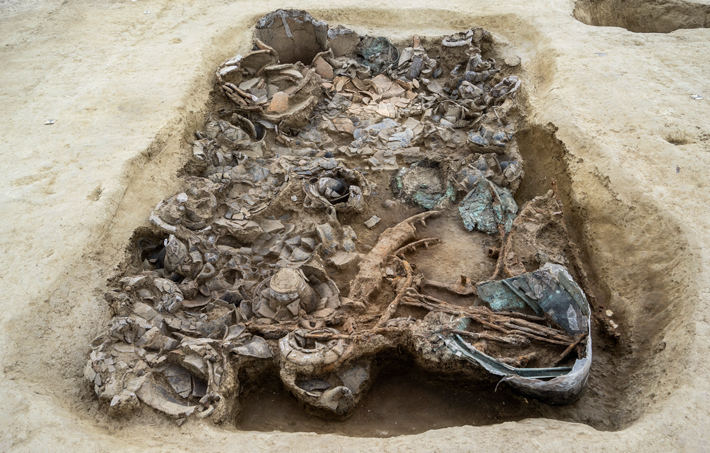
The burial, which team leader Federica Boschi has dubbed the “Tomb of the Picenian Prince,” was originally covered by a mound. It is nearly 130 feet square and was surrounded by a moat. Before this discovery, says Boschi, “no other Picenian tombs had been discovered in this region, which was a strategic location for cultural exchange between different pre-Roman populations,” as evidenced by vessels found in the burial that had been imported from Etruria, home of the Etruscans. The grave’s other contents, including a bronze helmet and weapons, bronze vessels, and a war chariot with iron wheels are, says Boschi, further evidence of the deceased’s aristocratic status.


